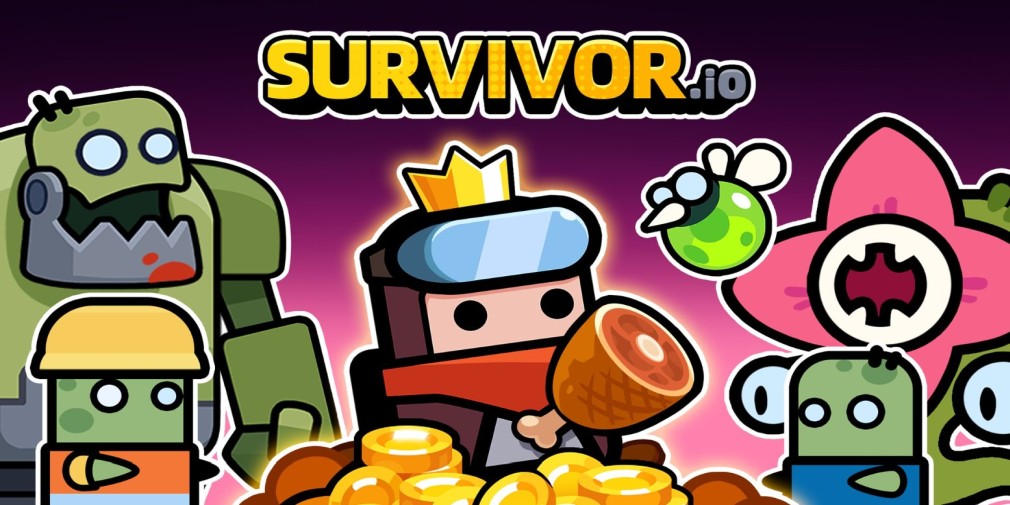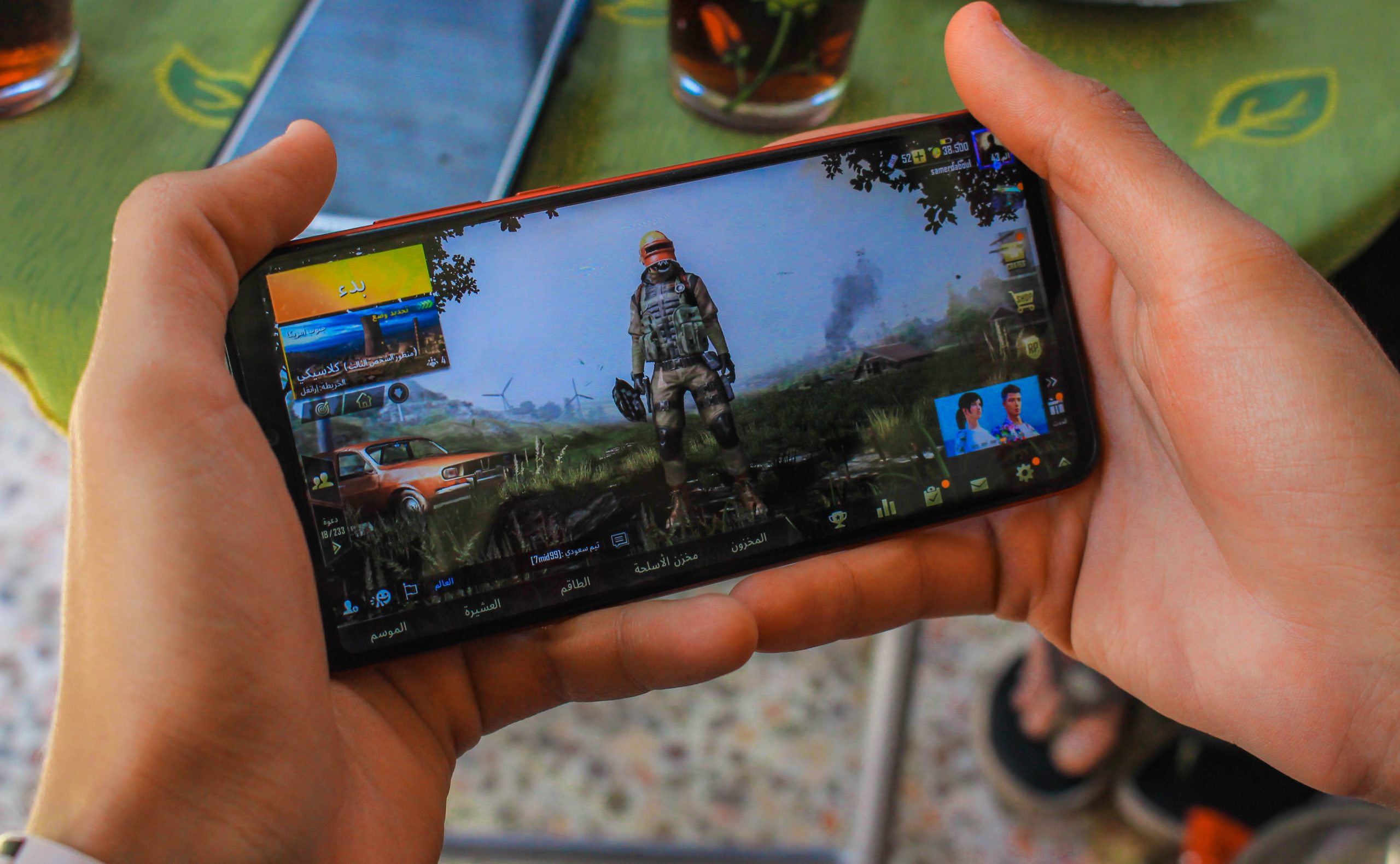Disturbing ads, a new trend for mobile gaming creatives?
Mobile Games
November 28, 2023
A strange trend is starting to take shape in the mobile gaming marketing world. You’ve probably come across one or several. Is this a groundbreaking approach to captivate audiences, or have we crossed a line in the pursuit of engagement?
The Shock Factor
In recent times, a notable shift has been observed in mobile gaming creatives. Advertisements that veer into unsettling or disturbing territory have become increasingly prevalent. From jarring visuals to disconcerting narratives, these ads intentionally aim to shock and stir emotions, prompting users to pause their scrolling and take notice. But is it worth it? And is it effective?
These ads play on two things: shock and humor. All in all, it’s a risky bet because it divides audiences into 2 teams, the ones that find it funny and memorable, and others who don’t enjoy it and might distance themselves from the band entirely.
The deliberate use of shock has emerged as a captivating and controversial marketing tool. Shock, with its ability to evoke strong emotions and leave a lasting impression, has become a strategic element in the arsenal of advertisers aiming to cut through the clutter and grab the attention of users. The premise lies in creating mobile gaming ads that deviate from the conventional, introducing elements that startle and engage viewers. These shocking ads often employ unexpected visuals, narratives, or twists, leveraging the element of surprise to capture the audience’s curiosity.
The effectiveness of shock as a marketing tool in mobile gaming ads lies in its potential to linger in the minds of users long after they have encountered the advertisement. By defying expectations and norms, shock has the power to create memorable moments that players are likely to recall and discuss. This buzz and word-of-mouth generated by shocking ads contribute to heightened brand or game recognition, increasing the likelihood of user engagement.
Moreover, the shock factor can prompt immediate reactions, leading to increased click-through rates and app installations. The element of surprise triggers a sense of urgency, compelling users to explore the advertised game to understand the context or experience the promised intensity. This, in turn, can boost the effectiveness of mobile gaming campaigns, especially when aiming to reach audiences desensitized by a constant influx of traditional, less engaging advertisements.
However, the use of shock in mobile gaming ads comes with inherent risks. Striking the right balance is crucial to avoid crossing ethical boundaries or alienating the target audience. Advertisers must carefully assess the potential impact on user experience and brand perception, recognizing that what is shocking to some may be off-putting to others. In this nuanced landscape, shock becomes a double-edged sword, demanding a thoughtful and strategic approach to ensure that its use aligns with the overall goals of the advertising campaign while respecting the sensitivities and preferences of the gaming community.
As developers seek innovative ways to cut through the noise, the impact on player experience cannot be ignored. What might be intended as an attention-grabbing technique could inadvertently lead to user dissatisfaction and negative reviews. Striking the right balance between creativity and user comfort becomes crucial in maintaining a positive gaming environment.
Mixing shock and humor
By juxtaposing shock and humor, developers aim to strike a delicate balance that intrigues viewers, making them simultaneously gasp in surprise and burst into laughter.
The use of shock in these ads is intended to disrupt the expected, injecting an element of surprise that captivates the audience’s attention. Shocking moments, whether through unexpected plot twists or visually striking scenes, create a memorable viewing experience, fostering curiosity and conversation among users. This shock factor serves as a powerful hook, drawing users into the narrative of the game and encouraging them to explore further.
On the other hand, the infusion of humor complements the shock element, mitigating potential negative reactions and enhancing user engagement. Humor acts as a buffer, helping users process the shock in a more lighthearted manner. It not only creates an enjoyable viewing experience but also forms a positive association with the advertised game, making it more likely to be remembered favorably.
Furthermore, the combination of shock and humor in mobile gaming ads is strategic in navigating the crowded advertising space. In a sea of conventional and predictable advertisements, the fusion of these contrasting elements sets the ad apart, making it more shareable and increasing its virality. Users are not only more likely to remember the advertised game but also to share the ad with their social circles, amplifying its reach and impact.
Ultimately, the decision to mix shock and humor in mobile gaming ads reflects a sophisticated understanding of user psychology and a desire to create an immersive and memorable advertising experience. Developers recognize the value of creating content that not only grabs attention but also resonates emotionally, fostering a deeper connection between the audience and the advertised game.
Are they here to stay?
The main problem with this type of ads is that they’re very polarizing. They can be successful for click-through rate and memorability (because people will have a tendency to remember better the ad that stood out from the rest), however they’re a branding hazard.
They may have a good short-term success, getting people curious enough to click and try out the game for the kicks of it, but in the long term, they can heavily damage brand image and that has lasting impacts.
Their effectiveness depends on your precise goals. If you’re aiming for clicks and conversions, they may very well be effective enough for this. However, if you want to reduce churn and build a lasting and trusting relationship with users, it might complicate the whole thing. Because of their disturbing nature, they won’t just be disliked by some of the audience, they will be actively disgusted or shocked by it and will not want to engage with your brand at all.
Conclusion
As the industry navigates this uncharted territory, it becomes imperative for stakeholders to gauge the pulse of their audience, respecting sensitivities while pushing the boundaries of creativity. The discussion surrounding disturbing ads prompts not only a reflection on the evolving landscape of mobile gaming advertising but also an exploration of the responsibilities that come with shaping the gaming experience. Ultimately, the verdict on whether disturbing ads are a fleeting trend or a transformative force lies in the hands of those who wield the creativity and influence in the mobile gaming arena. As the industry evolves, it remains to be seen how this trend will shape the future of mobile gaming creatives and whether it will endure as a groundbreaking strategy or fade away as a provocative experiment in the ever-evolving world of digital entertainment.
- Mobile Video Monthly #38 – November 2023 - 5 December 2023
- Disturbing ads, a new trend for mobile gaming creatives? - 28 November 2023
- The Power of Holiday Marketing in Boosting Mobile Game Engagement - 21 November 2023















